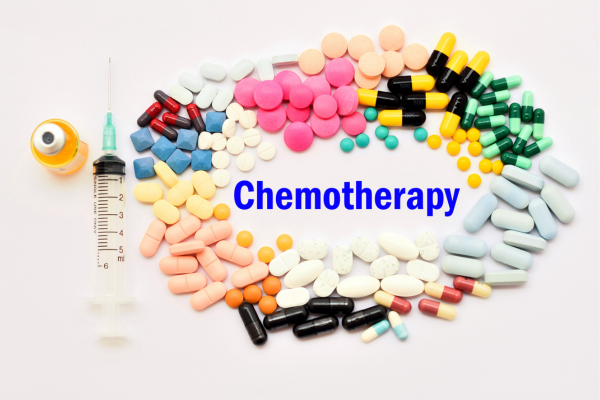What is ‘preventative chemotherapy’ and what are the side effects? By Dr Harold Gunatillake


Princess Kate was told she had cancer after undergoing abdominal surgery nine weeks ago at the private London Clinic.
Princess Kate revealed the news in a video message, saying the diagnosis was a “huge shock”. Source: Getty / Chris Jackson
While the exact situation is difficult to determine because the 42-year-old princess did not disclose the nature of the cancer, here is an explanation of preventative chemo.
What is chemotherapy?
Chemotherapy is the use of powerful drugs to stop cancerous cells from growing, dividing and creating more cells. There are a large number of kinds of chemotherapy, depending on the cancer, how far it has spread and the treatment regime.
Because these treatments cannot distinguish between different cells, they end up killing some cells that do good, such as white blood cells, causing some side effects.
Why preventative?
Preventative chemotherapy is often used after surgery to “decrease the likelihood” that cancer will return, Kimmie Ng, an oncologist at Dana-Farber Cancer Institute in the United States told AFP.
Even after successful surgery, “microscopic cancer cells can remain lurking in the body and can’t be detected by current tests,” said Lawrence Young, molecular oncology professor at the University of Warwick.
What are the side effects of chemo?
How chemo affects people can vary depending on the particular cancer, treatment and person.
But common side effects include fatigue, nausea, diarrhoea, loss of appetite and an increased risk of getting an infection.
Treatment schedules again can vary widely, but a traditional chemo regime would be delivered in four to six blocks, said Bob Phillips, paediatric oncology professor at the University of York.
A cycle may last 21 days and “consists of a day or few days of chemo, then time for the body to recover from it,” Phillips said.
Regimes of preventative chemo tend to last between three to six months.
Beggs emphasised that “young onset cancer is by no means rare”.
“I run a clinic for early-onset cancer in adults and we are seeing more and more people in their 40s with cancer,” he said.
Ng pointed out that research from the American Cancer Society released this year showed that younger adults were the only age group in which cancer increased between 1995 and 2020.
Research published in the BMJ journal last week said that cancer cases among people aged 35-69 in Britain also rose over the last quarter of a century.
But deaths from cancer fell by a significant margin.
A combination of early diagnosis and better treatments has led to “survival rates doubling in the last 50 years”, Young said.
Check yourself?
Michelle Mitchell, chief executive of Cancer Research UK, said that such high-profile cancers can serve as a reminder for people to think about their own health.
“If people spot something that’s not normal for them or isn’t going away, they should check with their GP,” she said.
A growth was found in the large bowel, possibly in the mid, descending, or pelvic colon. These growths are most commonly found in the sigmoid colon, the part of the large intestine below the descending segment. The surgery performed was a hemicolectomy with end-to-end anastomosis.
The patient returned to normal appearance within a few weeks after the surgery. Early cancer cells were detected under the microscope during the growth examination. Since the cancer cells were found early, they have not spread to the local lymph nodes, and the prognosis is excellent. T
he chemotherapy given is more prophylactic, and the patient may experience some side effects, such as hair loss, among others.
This information was provided by Dr Harold Gunatillake, a retired surgeon who has practised in Sri Lanka, London, Singapore, and Sydney, Australia.








